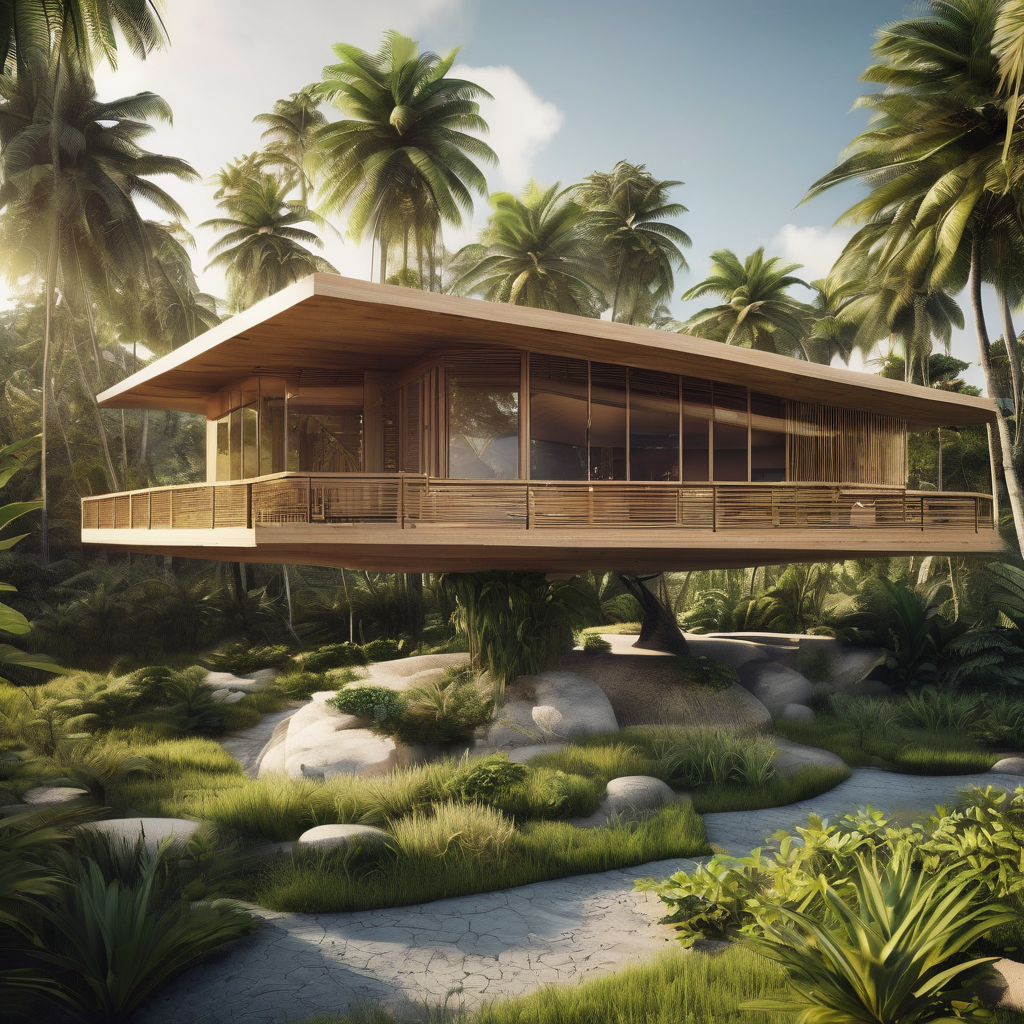Finance Minister Esrom Immanuel has highlighted the critical role of architecture in national development and security, emphasizing it as a vital investment rather than simply a cost. His comments came during the Extra Fiji Architecture Conference and Trade Exhibition at the Sheraton Fiji Golf Resort and Spa in Denarau, Nadi.
Minister Immanuel pointed out that architecture is fundamental in translating government policy into practical benefits for the nation. He stated, “My portfolio may be concerned with the allocation of national financial resources, but it is your profession that translates those allocations into the tangible reality of homes, hospitals, schools, and public spaces.” This synergy between architecture and public policy is vital as the government advocates for a sustainable future.
Moreover, he elaborated on the government’s National Development Plan for 2025-2045, which positions the architectural sector at the forefront of developing resilient infrastructure. He emphasized that investing in such infrastructure can lead to significant savings in post-disaster recovery costs, arguing, “For every dollar spent, up to four dollars could be saved.” He noted that this is not merely an environmental consideration but rather a sound financial strategy.
Similar discussions held at other conferences have indicated substantial expected investments in Fiji’s construction sector. Member of Parliament Manoa Kamikamica previously highlighted a potential $12 billion investment across a range of infrastructure projects. This expected growth is crucial for community upliftment and job creation, reflecting a positive outlook for architects and engineers in the area.
Additionally, other leaders echo the Minister’s views on the importance of architecture in supporting national objectives, particularly in enhancing the tourism sector. By fostering cohesive and sustainable environments, the architectural industry stands to significantly bolster the economy while promoting environmental responsibility.
As Fiji charts its developmental course, a recurring theme emerges between government strategies and architectural practices: a shared vision for a resilient and sustainable future. The collective efforts across various sectors not only aim to stimulate economic growth but also to improve the overall quality of life for all Fijians. This narrative of hope demonstrates a commitment to innovation and the construction of a robust foundation for future generations.
